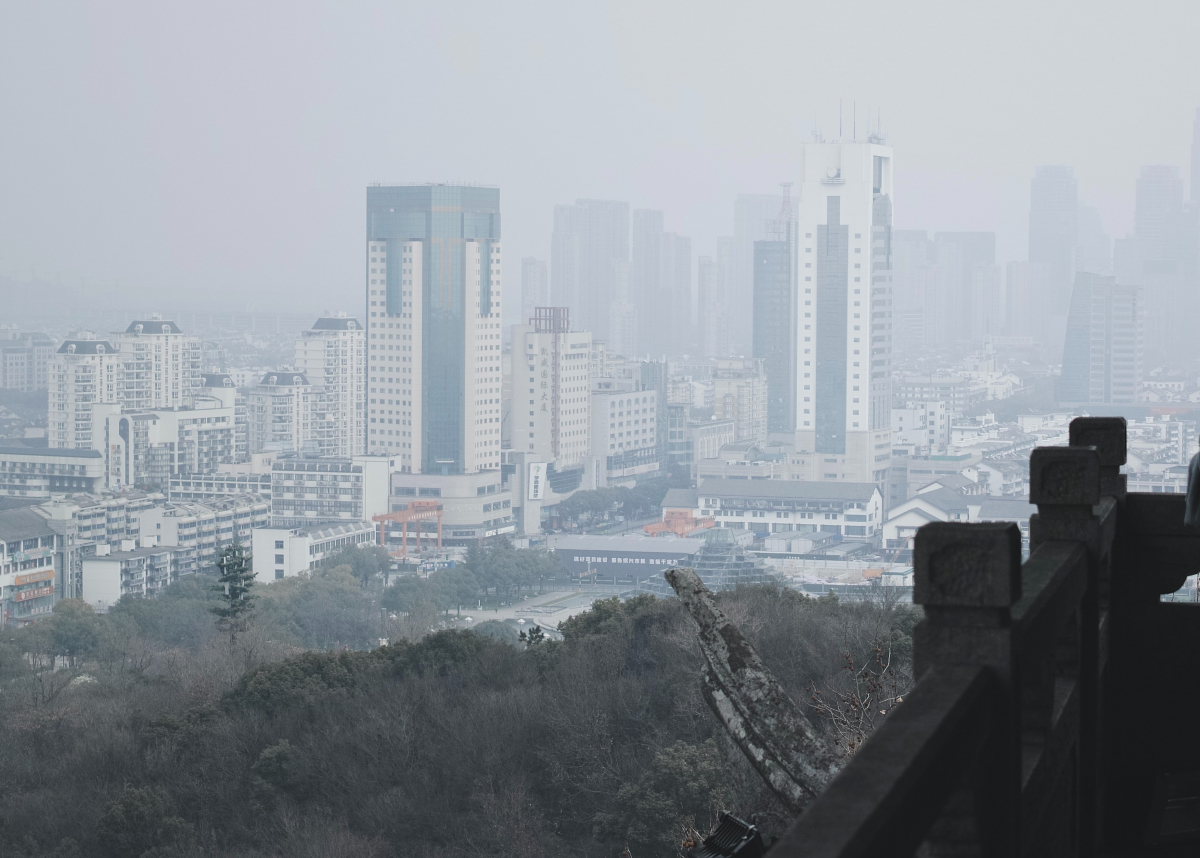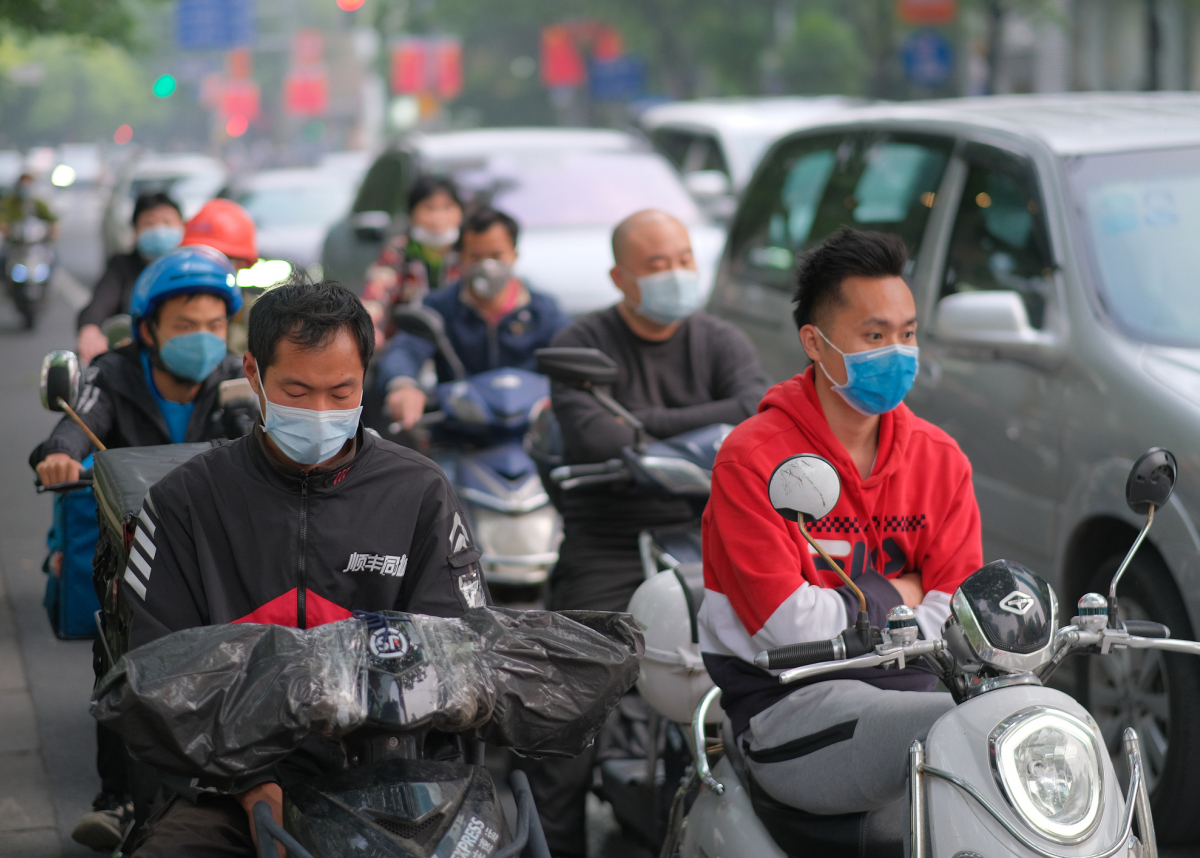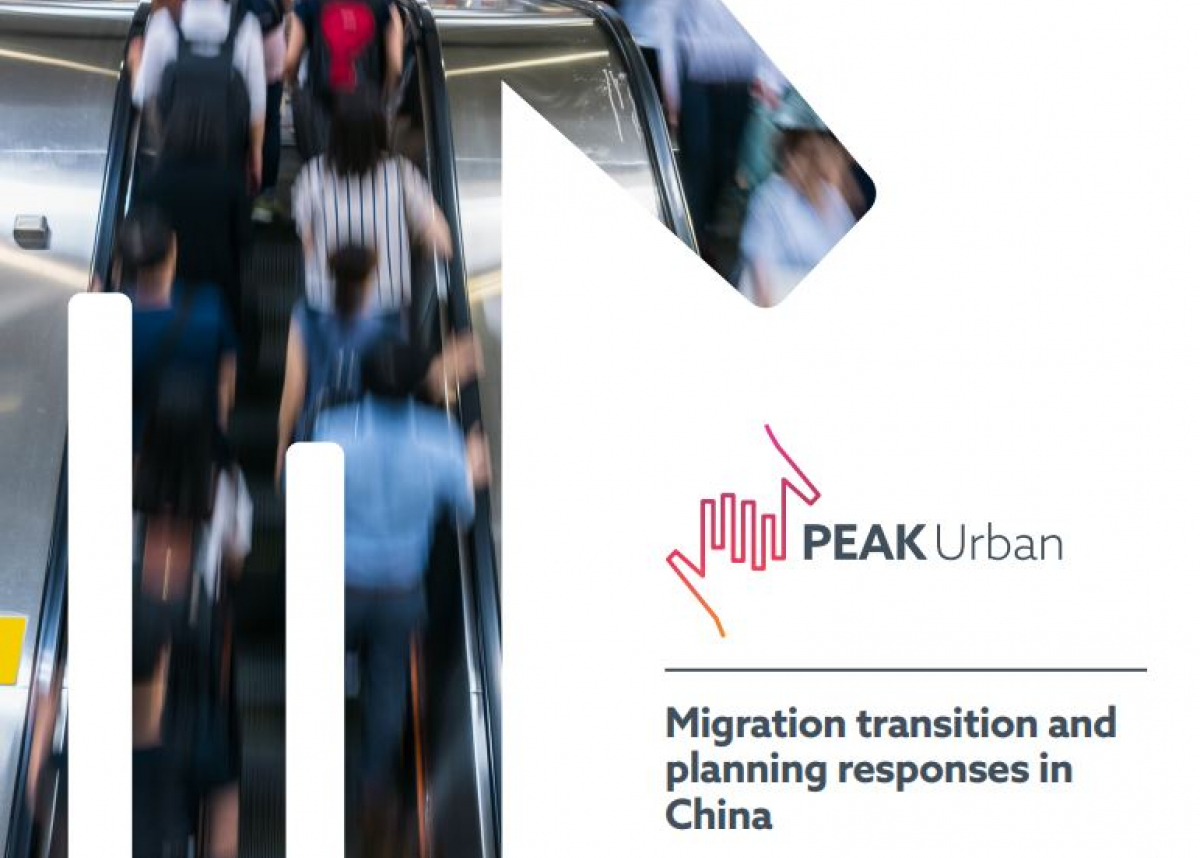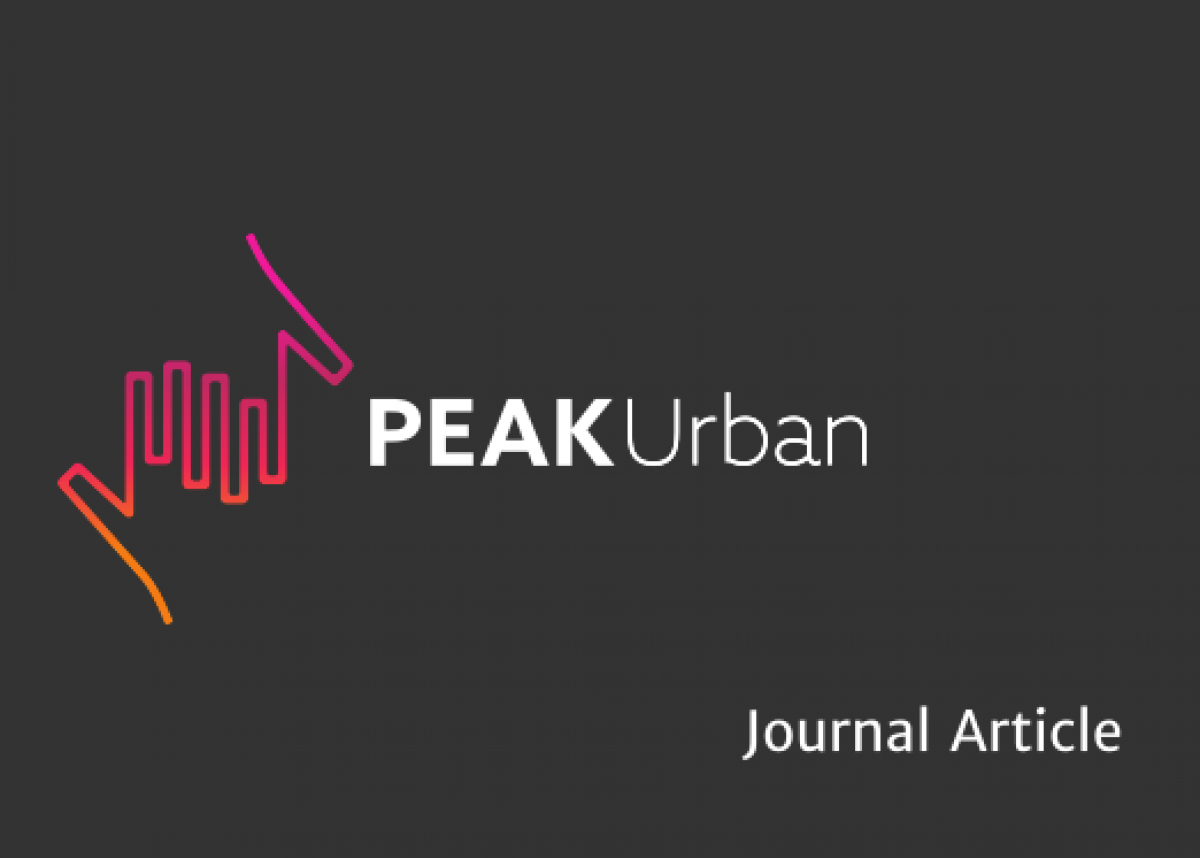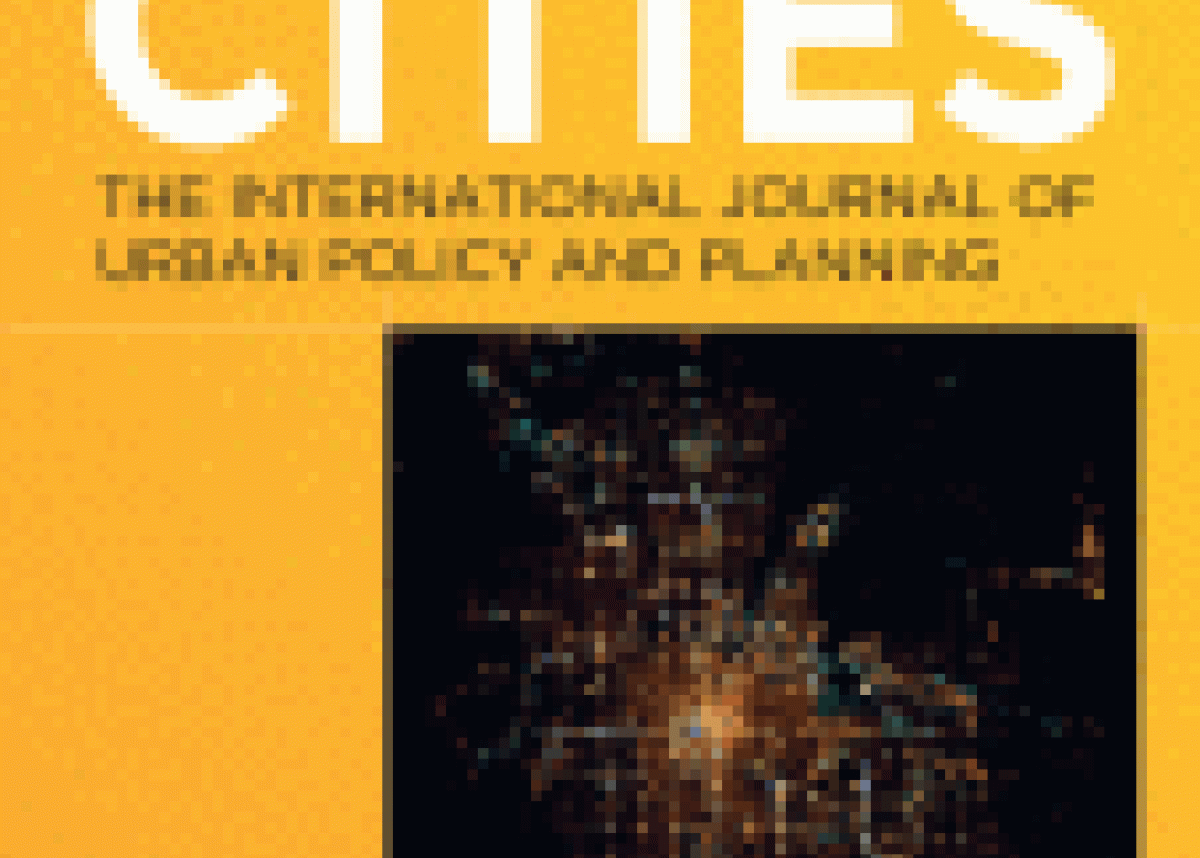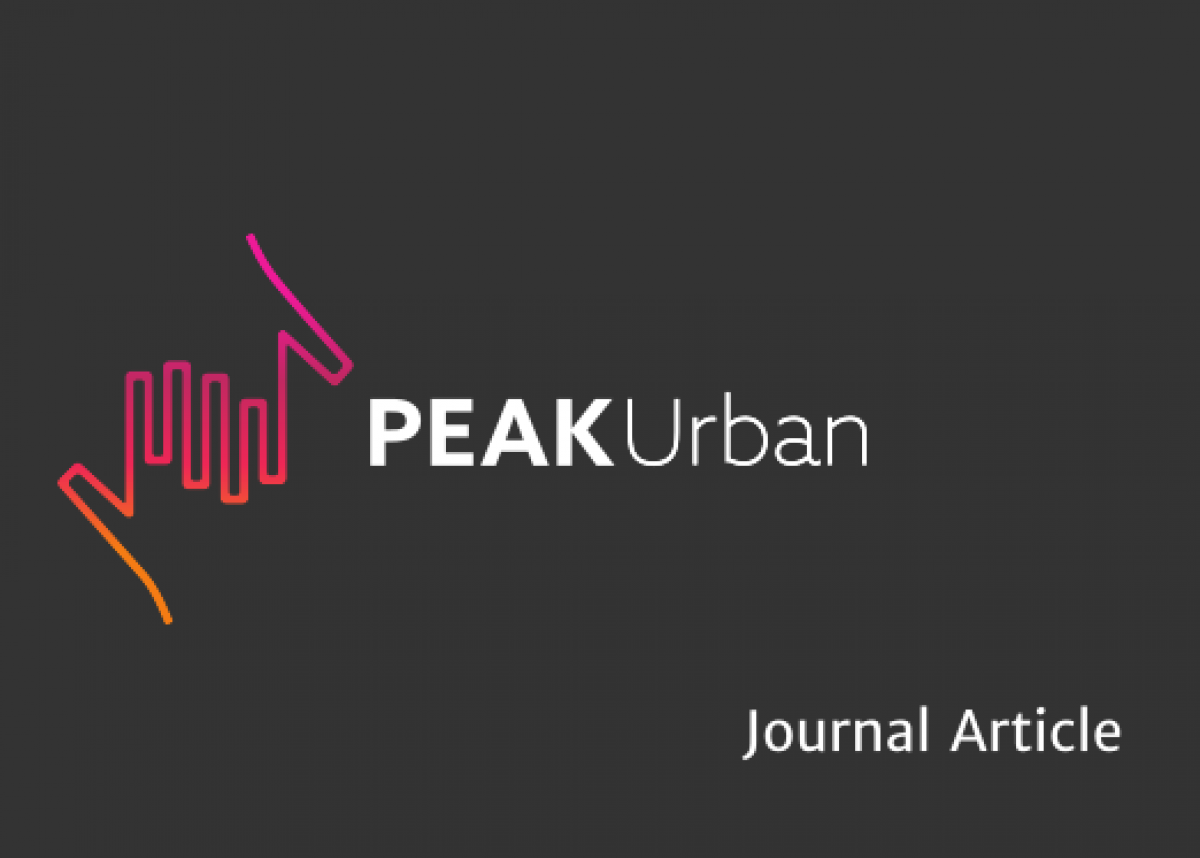
THE CHALLENGE
China’s rapid urbanisation over the past four decades has been achieved predominantly by the massive inter-regional rural-to-urban migration.
This project aims to understand the dynamics of China’s internal migration and the “Chinese model” of urbanisation by developing a socio-spatial framework and applying it to multi-scalar empirical investigations. The research scope includes migration, its urbanisation effects, and application to policy making. Empirical studies are conducted on both regional and individual levels.
OUR APPROACH
Case studies at the metropolitan level are conducted in Beijing-Tianjin-Hebei region (BTH) and the Pearl River Delta (PRD) with special focus on municipalities of Beijing, Shenzhen, and Guangzhou. Five sets of data are collected to support our research, including aggregated census data, socioeconomic statistics, individual-level census and survey data, geographical information, and policy documents. Multiple types of statistical models, spatial visualization and analysis, and text analysis of policy documents will also be used in this project.
This project contributes to the academic literature by (1) situating China’s massive internal migration into the process of national urbanisation and interpret the patterns and problems of urbanisation by emphasising the critical role played by migrants, (2) employing a cross-level empirical approach that emphasises the interactive effects of individual and city-level factors, and (3) assessing the role of central and local policies in making migration decisions and shaping the urbanising landscape.
LATEST DEVELOPMENTS
This project attempts to understand the dynamics of massive internal migration and rapid urbanization in China by developing a socio-spatial framework and applying it to multi-scalar empirical investigations. Up to June 2020, 13 articles have been published or accepted in domestic and international peer-review journals. Research outcomes have been applied to national/provincial/municipal planning for governments.
At the national scale, emerging new trends of internal migration have largely shaped the landscape of urbanization in recent China. Internal migrants in coastal areas show a trend of spatial dispersion and continuity, while those in inland areas concentrate highly in provincial capital cities. Inter-provincial migrants have a continuous preference for coastal mega-city regions, such as the well-known Yangtze River Delta, Pearl River Delta, and Beijing-Tianjin-Hebei Region, whereas the inland provincial capitals are attractive only for intra-provincial migrants.
In the fierce nationwide competition among cities over population, public services have played an increasingly crucial role. From the destination view, the advantage in public services has made central cities considerably more attractive than other cities, especially for highly educated migrants. Correspondingly, the massive inflow of new citizens has brought these cities huge pressure of additional demand for high-quality public services, leading to a seemingly unsolvable contradiction between supply and demand of services. From the origin view, the high-quality and equally accessible public services have been increasingly important for inland regions in attracting return migrants.
The severe inequality between the local and migrants caused by the hukou system is still to be solved in several leading cities. Most migrants in Beijing are not eligible to apply for a local hukou. However, among those limited applicants who can apply, those with a postgraduate education and who serve the capital's political functions are much more likely than others to win a hukou, an advantage not pointed out in government documents. This means a great proportion of migrants who has obviously exceeded the threshold set by the government are still being shut out by the city.
Most recently, members of the project have done research on the dynamics of COVID-19 spreading and the implications for urban governance. The P.E.A.K framework and methodology are being applied to coping with challenges facing cities, especially those in developing countries with scarce public health resources and weak ability to “fight” the pandemic.









